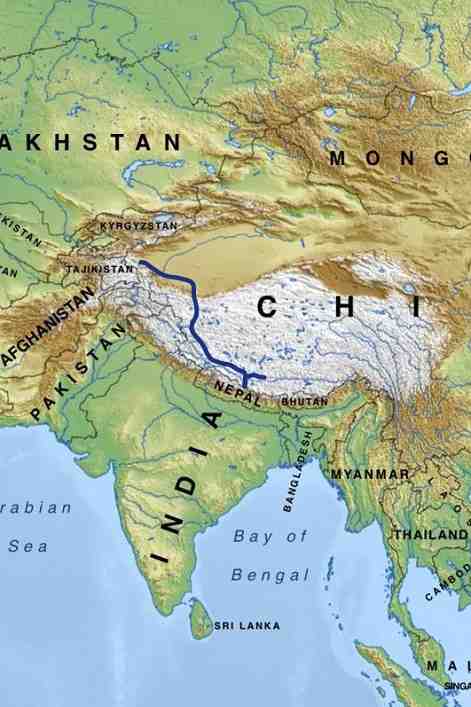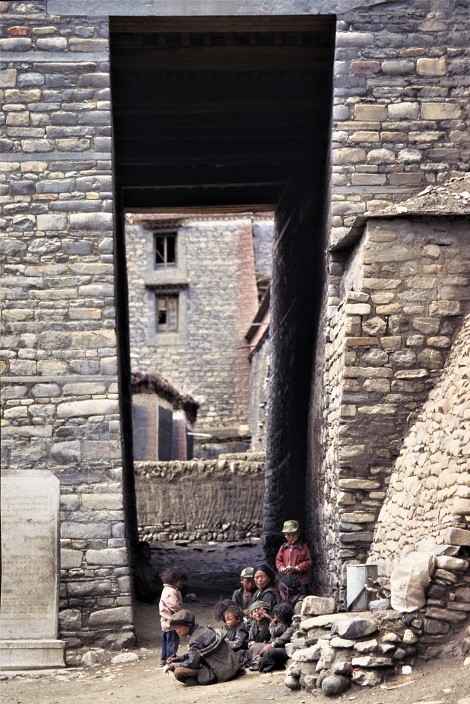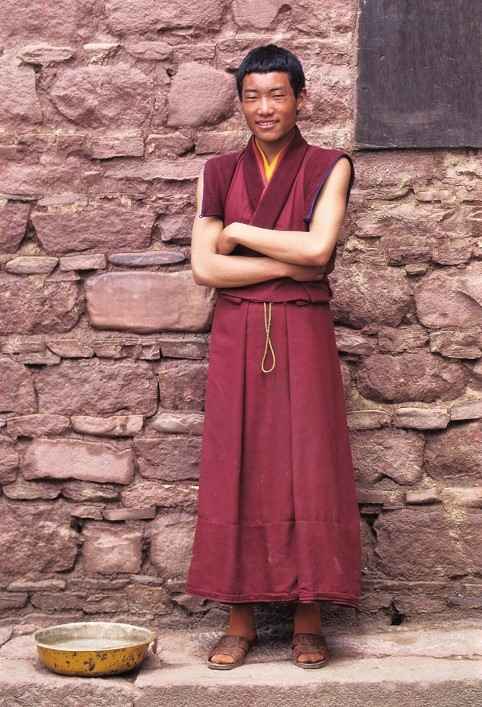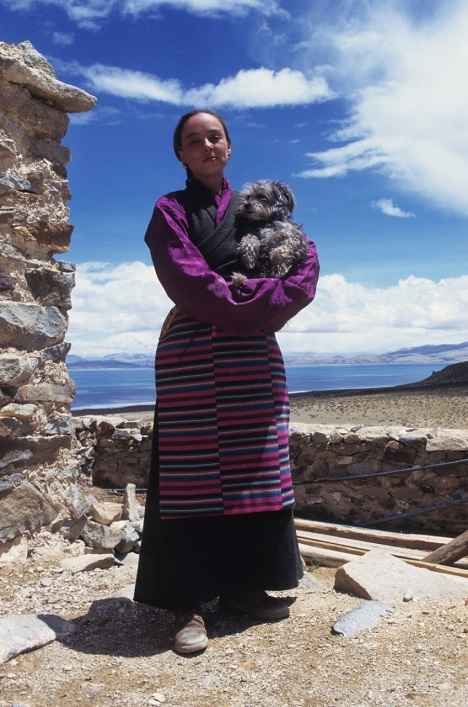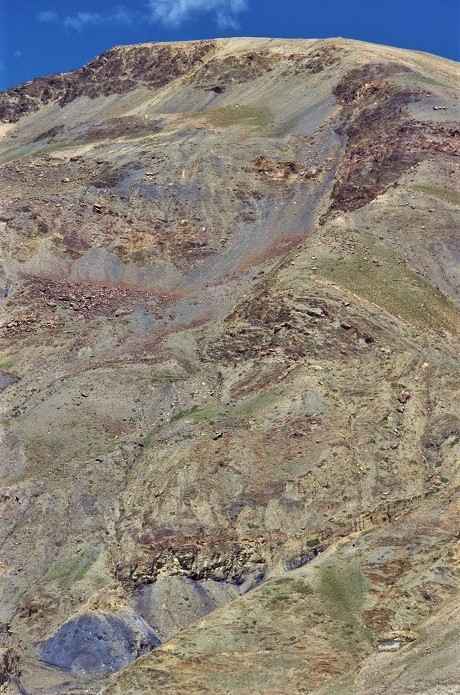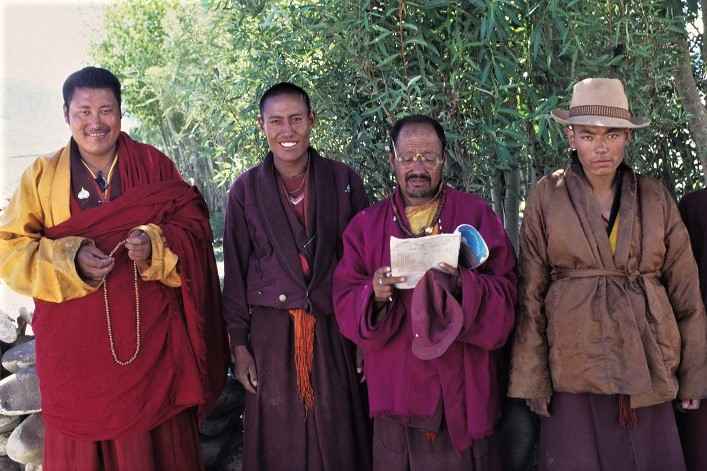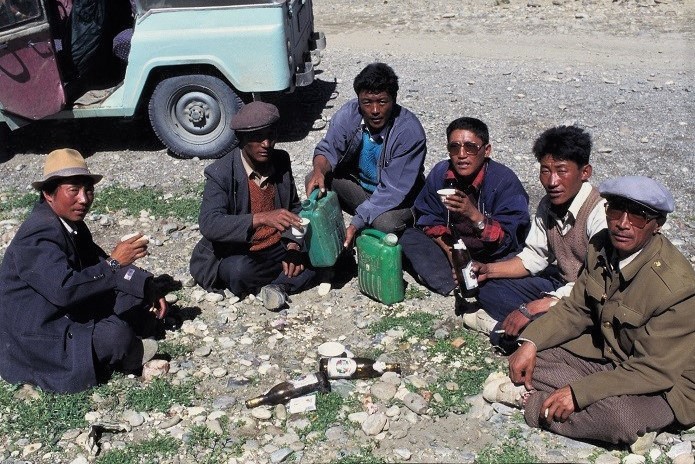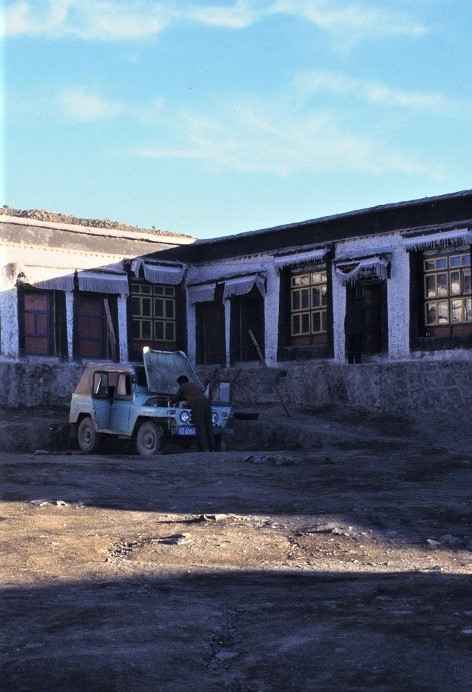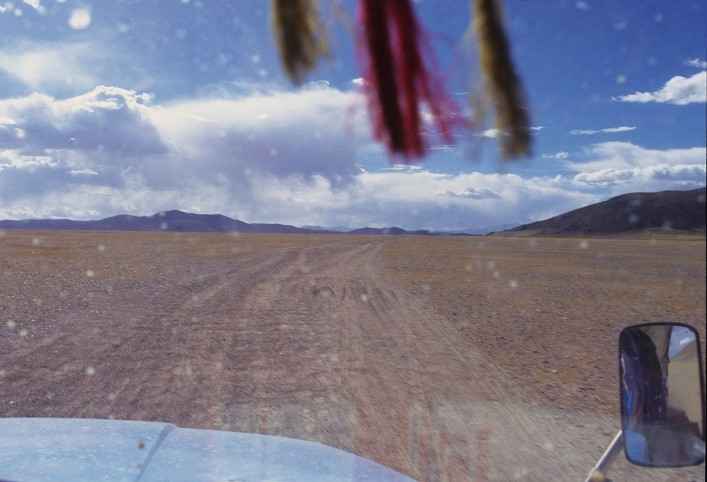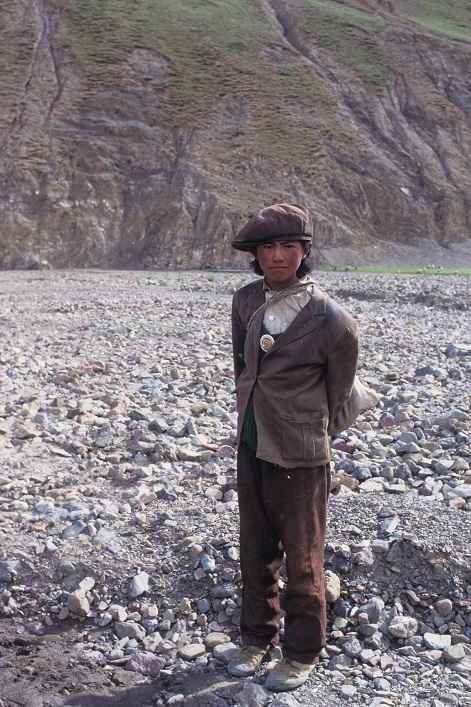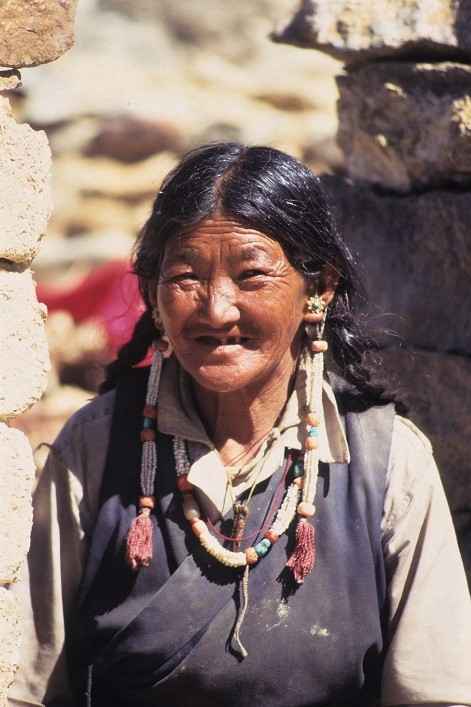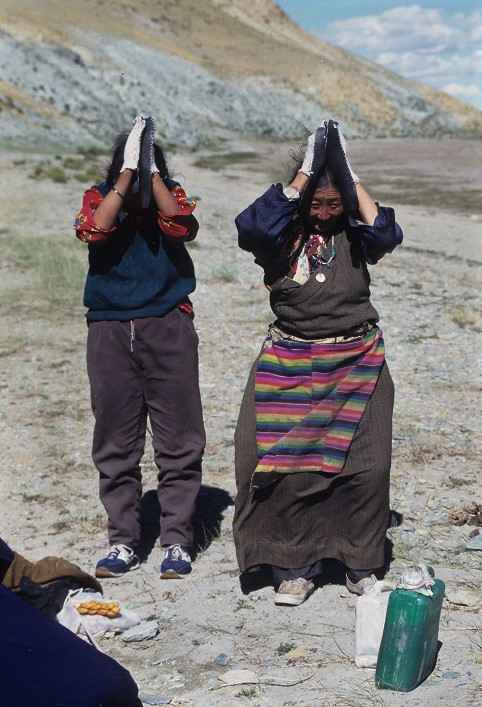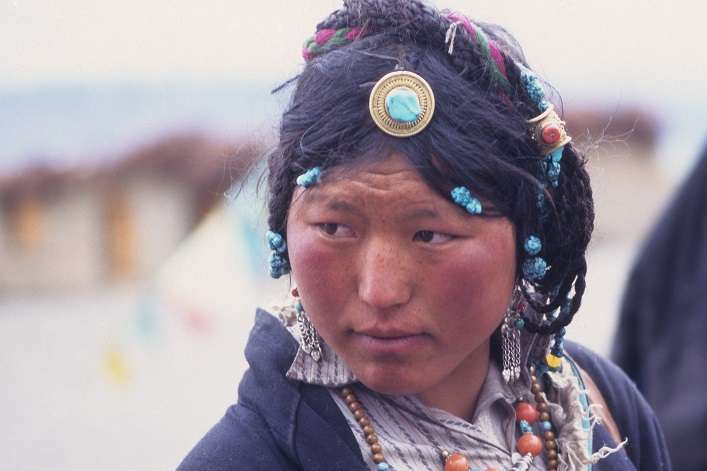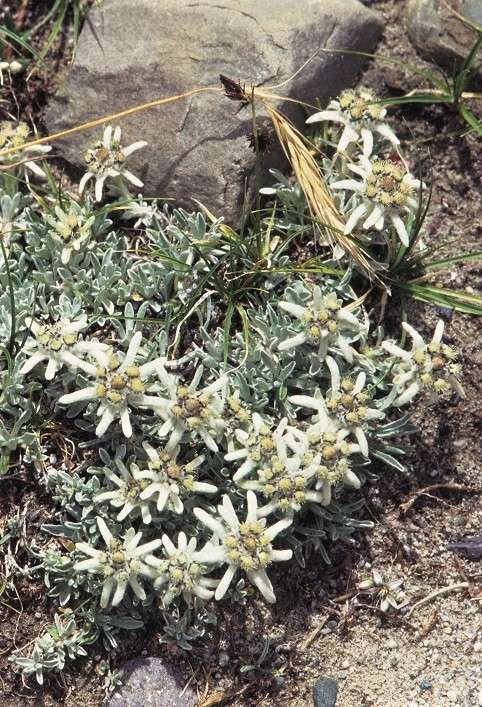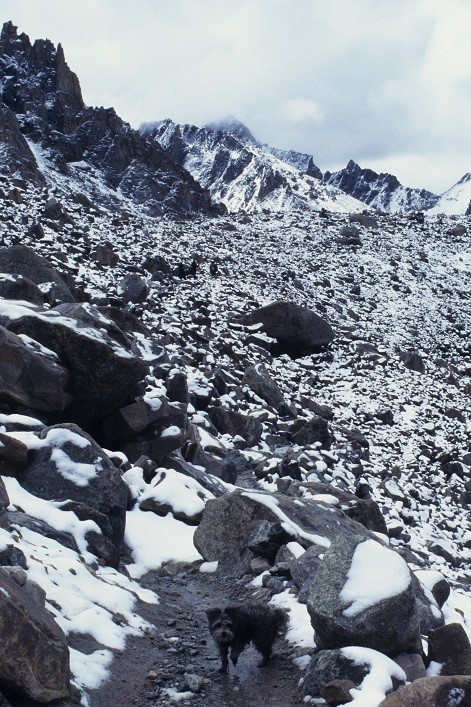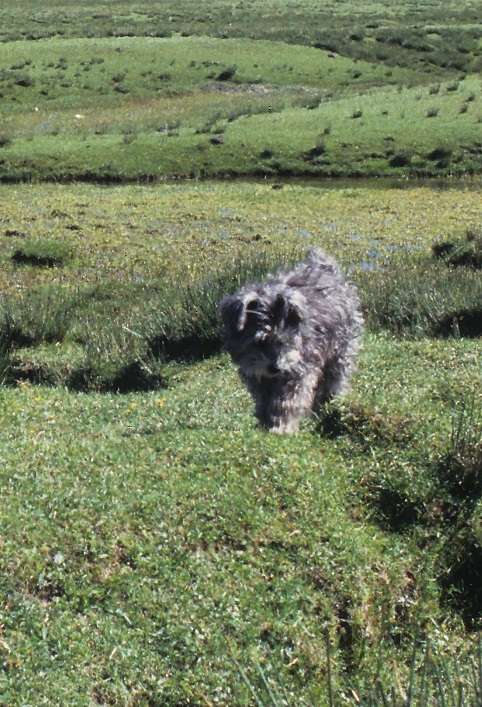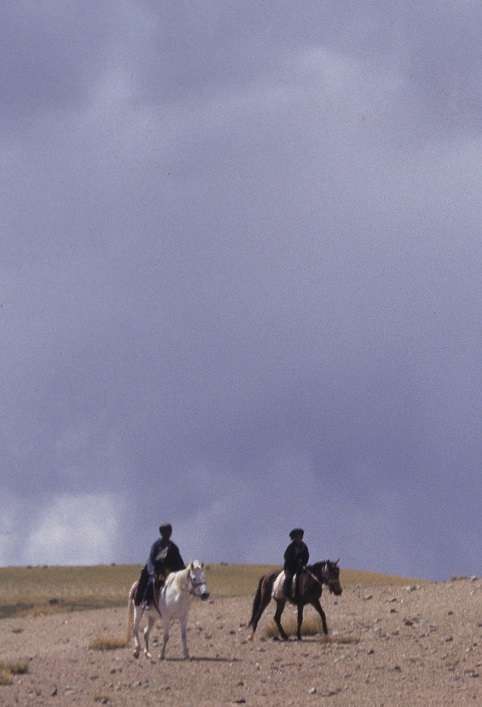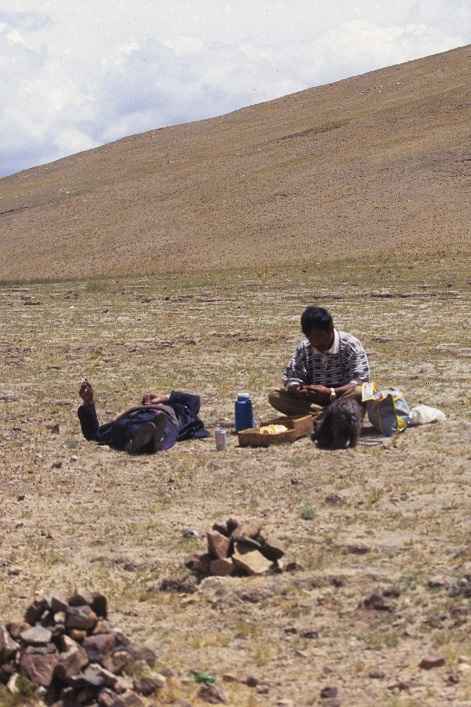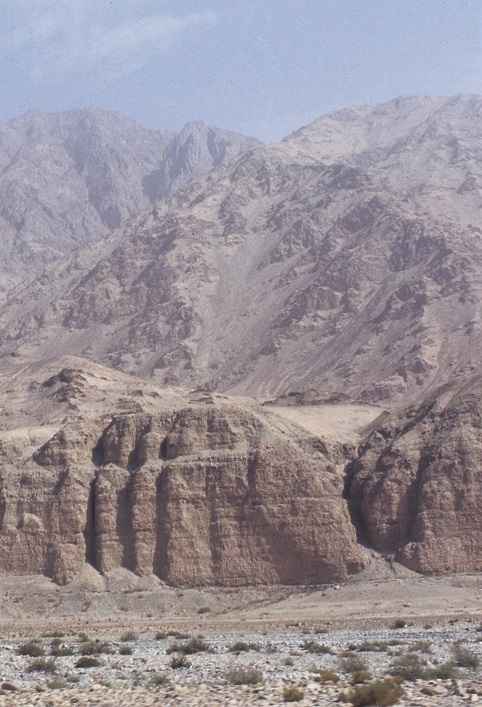Rushing towards the Shigatse bus stand, I was a bundle of worries. I had avoided a deportation stamp, but, what next? The bus would drop us in Sakya, a small town near the junction where the country’s main highway split towards Nepal or proceeded to Mount Kailash. Independent tourists could use the road to the border, but the vast expanses leading to the mountain and the Silk Road beyond it were out of bounds, especially now that both tourists and tour groups had been expelled. True, visiting Sakya was part of the original dream, but, should I resign myself to the prospect of returning to Nepal, having barely completed the first segment of my grand plan?
I fought with this idea for next ten days, until Sakya’s main Lama had a dream where Mount Kailash itself assured him that Afrika and I were welcome, and that nothing would happen to us along the way. Unprepared for high mountain weather, still suffering from altitude sickness, in the throngs of a worrying stomach upset, paining from an old injury on the ankle joint, and afraid of police checkpoints, the decision to attempt the crossing was not an easy one to take, but his prophecy infused me with enough courage to secure the first lift.
And so we travelled on, one difficult lift at the time, struggling to be understood via a small badly indexed phrasebook. The going was tough and dangerous, the unknown really unknown, but I somehow never despaired and we did, in time, manage to reach the sacred Kailash region. There we rested, spending ten days in a family compound on the shores of Lake Manasarovar, 4,500 m (15,600 ft) above sea level. We then moved to Mount Kailash, survived a harrowing three-day walk around it, resumed the hitchhiking journey, entered the province of Xinjiang, crossed the mighty Kunlun Mountains, and eventually touched the desert sands of the Silk Road.



